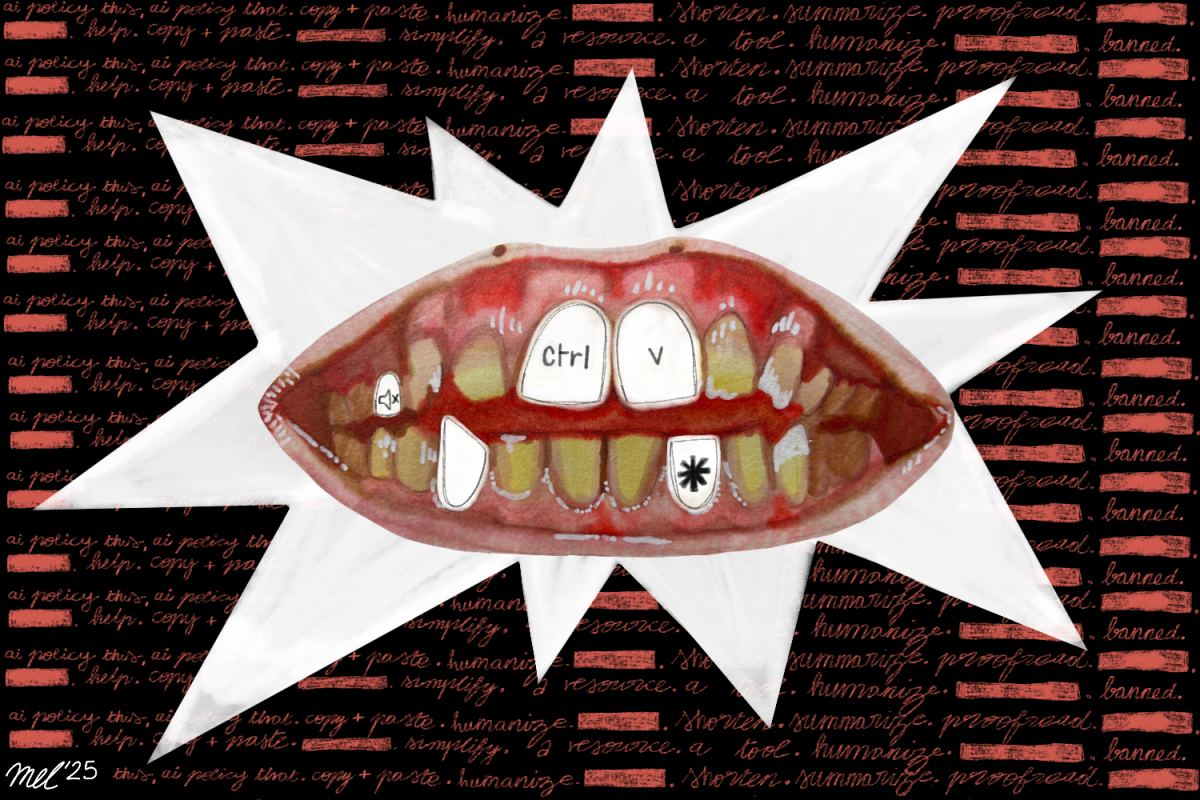Every day we encounter many contrasting alternatives. We are presented with these opposites and we are given options. Then we are expected to take these extremes and have choices and opinions about them. As a daily social requirement, we are asked to think about some general topics and take a side by contributing our own thoughts and theories. It’s a basic skill reinforced time and time again in many writing classes.
Much is expected from us when we provide the world with our choices. When we state our opinion and take our side on any ambivalent topic, we should be able to defend this side of ours against the opposition. We should be able to argue it and demonstrate why we have decided to take that side instead of the other. Like it or not, eventually we’re bound to face disproval from the others. No matter which side we choose, there will be an opposing side . . . unless we choose the middle.
In the spectrum of possibilities that is offered to us when we are first presented with a concept that requires taking sides, we mustn’t forget about the relatively safe middle that exists between the two radical extremes. This middle tends to exist as a sort of peacemaker, watching without interfering much as the two contrasting ideas on either side battle it out for as long as they are brought up in conversation. It is a balance, and it is a healthy combination of ideas taken from both sides (for the sake of keeping true to the word count, let’s ignore the middles that aren’t so successful at keeping the peace, and instead are horrible combinations of the two extremes or form part of an idea which can only work in extremes) which pleases everybody, some people to more of an extent than others.
It is the middle ground.
People usually tend to be very fond of this middle ground, whether they realize it or not, and our standards and ways of life prove it. Think, for example, of our food preferences – not too sweet, not too sour. Think of our idea of the perfect temperature – not too cold, not too hot. Taking care of your body and trying to look good is great, but if you do it too much, you might get labeled as shallow. And yet, if you try to go to the other extreme, all you are faced with is being labeled as a slob.
Even our bodies realize this middle ground preference of ours. They’re designed to accept this middle ground – everything in moderation is good, anything taken in extremes will most probably be harmful, especially in the long run. Wine is just one example, for while in small daily amounts it can have some beneficial properties, when consumed in excess it can cause the far too well known problem of alcoholism. There are more middle grounds in our daily lives than we might initially imagine, aren’t there?
But being in the middle ground also means being bland, conforming to society and bending to its demands. If it’s a category most people choose, by choosing the middle ground too, you automatically become part of a large, faceless group, one that in its lack of differences from individual to individual can exemplify a lack of originality or personality.
The middle ground is great . . . the middle ground is lame . . . which side will you choose?
Michelle Hunter is a freshman in the College of Arts & Sciences and a weekly columnist for The Daily Free Press. She can be reached at [email protected]




















































































































student part time job • Feb 5, 2013 at 6:18 am
Hello there, just became alert to your blog through Google, and found that it’s really informative. I am going to watch out for brussels. I’ll appreciate if you continue
this in future. Many people will be benefited from your writing.
Cheers!